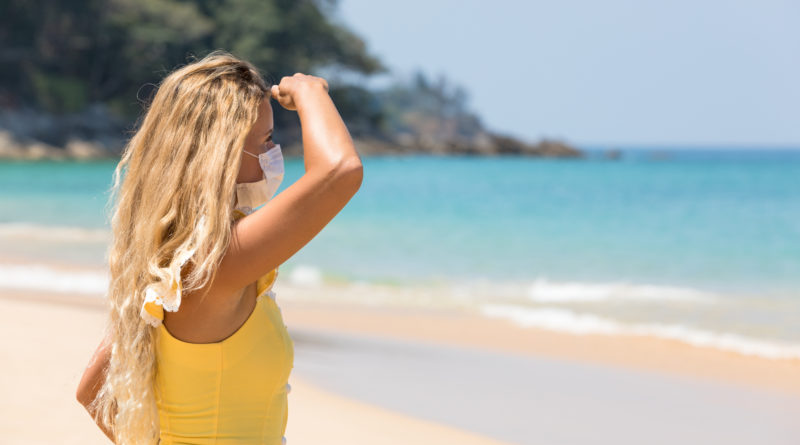How to Be Safe at the Beach During COVID-19
7,483 total views, 1 views today
Earlier this month, the CDC issued guidelines on how to best stay safe when going out as states reopened following the first few months of the COVID-19 pandemic. Late last week, the CDC followed up these initial guidelines with in-depth safety advisories for people traveling to beaches as summer gets warmer and states progress further in their economic reopening plans. Here are the CDC’s tips on how to be safe at the beach during COVID-19.
Visit beaches primarily with family or other roommates
The CDC’s new beach trip guidelines suggest primarily visiting the beach with people you live with, whether family or other roommates. According to the CDC, the risk of COVID-19 transmission increases when people from disparate households come into close contact in any setting, including the beach.
Shorten non-family/roommate interactions and maintain distance
As with the CDC guidelines issued earlier this month, the CDC’s beach safety recommendations suggest that beach visitors minimize the length of time during which they interact with people from outside their households. The CDC also advises staying physically distant during interactions with people from other households.
Keep social distance and minimize sharing
The CDC defines COVID-19 beach behavior in three risk categories:
- Lowest risk. Beach visitors should maintain a social distance of six feet from people outside the household – including beach staff – and never share beach supplies, equipment, toys, food, or drinks with these people.
- More risk. This category describes visitor interactions among non-socially distant people who live in the same region but not together. Supply sharing is limited to next-door neighbors or other locals.
- Highest risk. This category describes COVID-19 beach interactions in which social distance is not maintained among any attendees and all supplies are shared freely, even among total strangers.
Wear face masks – yes, even at the beach
While some people may complain about wearing face masks on hot days, the CDC still advises their use on the beach during the COVID-19 pandemic. The only exception is for beach visitors going in the water, as soaked face masks are significantly more difficult to breathe through than dry ones.
So, is going to the beach safe during COVID-19?
It may be possible to stay safe at the beach during the COVID-19 pandemic if the above rules are strictly followed. However, for most beach trips, these safety measures can be tough to follow – and in Florida, rising COVID-19 case rates may be the direct result of increasing numbers of beach visits.
In Florida, the initial median age of people who tested positive for COVID-19 as the pandemic began in March was 65. As of last week, this age plummeted to 36. Some experts have attributed this age decrease not to biological or virological factors, but the notion that younger people may feel less hesitant to partake in the same activities they did before the pandemic began. For many younger Floridians, this risk-taking means beach visits at all times of year – and some experts say this behavior could lead Florida to become the nation’s next COVID-19 epicenter.

